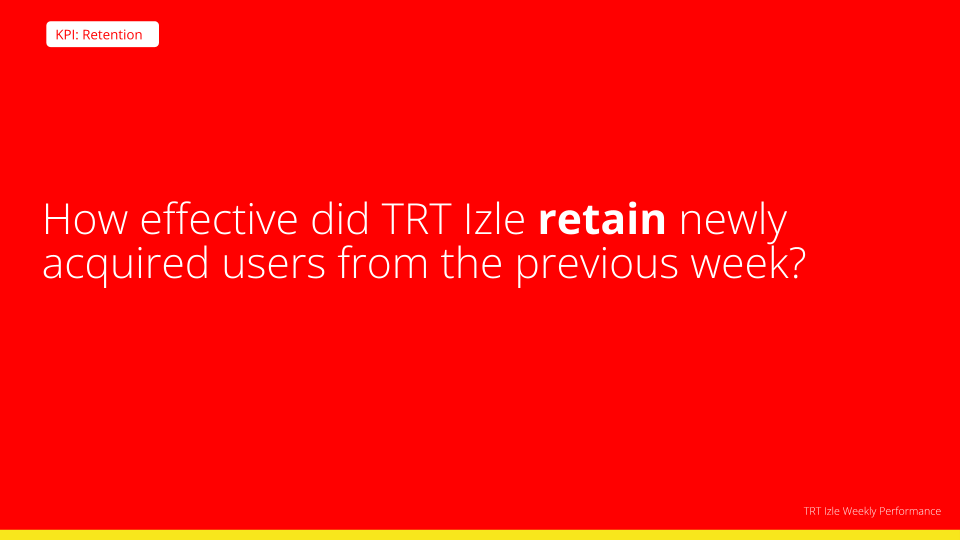Defining Product KPIs
A Product Manager is responsible for defining, measuring and monitoring the Key Performance Indicators (KPIs) of a product. For the purpose of this guide, we will focus on product KPIs, specifically related to how the product is performing in the market relative to expectations.
The following table shows sample KPIs that are set by the the Chief Product Officer or equivalent and then cascaded to a team of product managers who then incorporate them into their roadmap planning and execution.
Some may find it helpful to group KPIs into themes that then cascade down to metrics. Looking at these metrics through a dashboard offers the key indicators of how the product is performing over a specific time period. A good set of baseline themes could include Reach, Retention, Engagement and Revenue. If an organization isn’t focused on monetization, then drop the last one.
The following example is a weekly performance report that is presented to executive team stakeholders. The report tracks reach, retention, engagement and conversion for an on-demand streaming service across web, OTT and mobile apps. To request a copy of this template, send a note through the contact form.
Reach can be measured in terms of pageviews, sessions, and monthly active users. It also has geography dimensions. Retention is measured in terms of next day, 7 day and 30-day retention rates. Of the total number of users added on day 1, how many continued using the product the next day, a week later, or a month later? Engagement measures how well the features and functions are performing. This requires instrumentation of your app or website to fire events when users take certain actions in your product. It helps with optimizing and improving performance of individual features of your product.





















